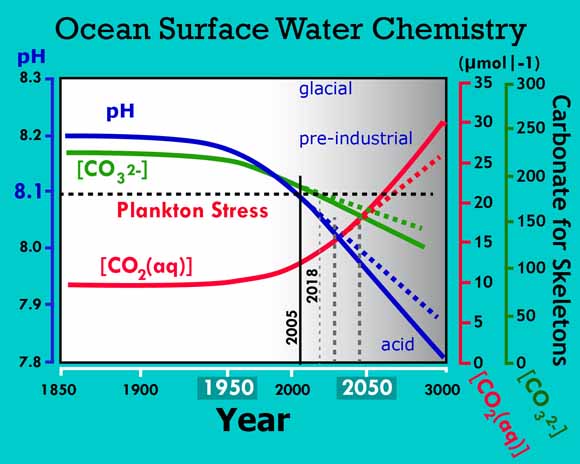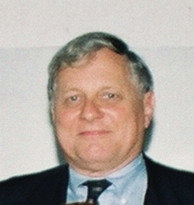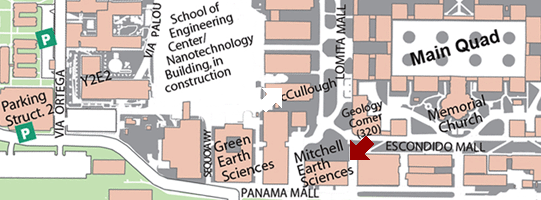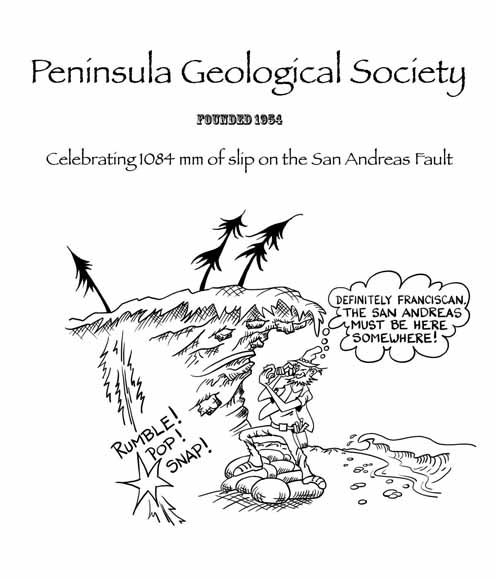
Presents
Location: Stanford University
Anyone wishing to attend the lecture only is welcome at no cost.
This will be the 467th meeting since 1954

Acidification of sea water from human emissions of CO2 is now ~1500 times greater than the sea-life cycle can sequester each year. It is well known that sea life performs carbon sequestration by building shells or skeletons from calcium. magnesium and carbonate ions in seawater. These organisms live, die, sink and become sediment & limestone. Unfortunately, human-caused CO2 emissions are resulting in seawater becoming warmer and less alkaline. Likely, before 2050, seawater will reach pH values below which sea life can no longer extract carbonate ions (as observed in naturally acidic waters above volcanic vents). They’ll thus die, killing both their dominant carbon sequestration and their supported food chains serving ~15 percent of all human food protein on the planet.
Only advanced, clean sources of high-temperature heat can be applied to prevent this occurrence before ~2050, and those sources are only available in sufficient power via nuclear power, especially advanced nuclear systems.
Thorium, is ~4 times more abundant and cheaper than uranium as a source of nuclear power. It is a metal common in rare earth ores, such as monazite. A typical rare-earth mine produces enough thorium “waste” in a year to run the whole world’s energy needs for a year. Neutronic breeding from fertile 232Th yields fissile 233U and enough neutrons to maintain both breeding and fissioning—a sustained chain reaction. Used in a reactor, 233U fissions better than 235U, leaving about the same fission products, but far lower amounts of long-term radioactive isotopes (transuranics). Used to breed 233U, Th is fully consumed. A remarkable chemical benefit of Th-to-233U breeding makes it possible to add a chemical-separation process to a reactor, via common fluoride salt, that allows easy separation of new fissile 233U from thorium input. Thus, thorium could provide a low-radioactivity, cheap fuel that today is a waste product of essential mining. We&rsquove long known this: http://tinyurl.com/6xgpkfa. Why haven&rsquot we used it? Ask Congress and DoE. The Chinese are doing it—with our help—free. See any of the yearly videos at: http://www.thoriumremix.com.

Alex Cannara
Alex Cannara is an electrical engineering consultant in software and network applications. He has a BS in Electrical Engineering Magna cum Laude from Lehigh Univ., Pennsylvania, and from Stanford, an Ms in Electrical Engineering, an MS in Statistics, and a PhD in Mathematical Methods in Educational Research. He has taught at Stanford, USF, and Golden Gate University. He has worked with national groups on energy and climate issues and on safe nuclear power.
Reservations: The preferred way to make reservations is simply to email Mike Diggles at mike@diggles.com by March. 12 (early the 13th is fine and even a couple of walk-ins are OK), tell him you will attend, commit to pay, and bring your payment to the meeting. Mike always emails a confirmation; if you don’t get one, assume email crashed yet again and email him a second time. A check made to “PGS” is preferred, payable at the meeting.
Dinner and the social hour is $35.00; we have no student price for dinners this year.
Doris, whose wonderful crew prepares our meals, asked that we let you know that people who are late RSVPing and people who show up without a reservation will be welcome but that they may be eating on paper plates with plastic utensils (food supply permitting).
Officers: [vacancy], President; [vacancy], Vice President; [vacancy], Secretary-Treasurer; Elizabeth Miller, PGS Stanford University Coordinator


PGS cartoon by Rick Blakely
Date created: March 1, 2018
Last modified: March 1, 2018
Created by: Mike Diggles, Webmaster, PGS.